RECRUIT TRAINING COMMAND, Ill. — When Seaman Recruit Donald Vosburgh left the Texas city of Beaumont for Great Lakes, he thought he was prepped for boot camp.
“Getting through here was a big challenge,” said Vosburgh, who’s now training to become a Seabee. "My dad is a retired boatswain’s mate and I’ve heard about the Navy my whole life, so I thought I was ready for this. But I was surprised just how tough this was, day in and day out.
“A real challenge is the only way I can describe it.”
More than 39,000 recruits probably reach the same conclusion annually at Great Lakes, the only enlisted boot camp left in the Navy.
And that’s by design.
RELATED
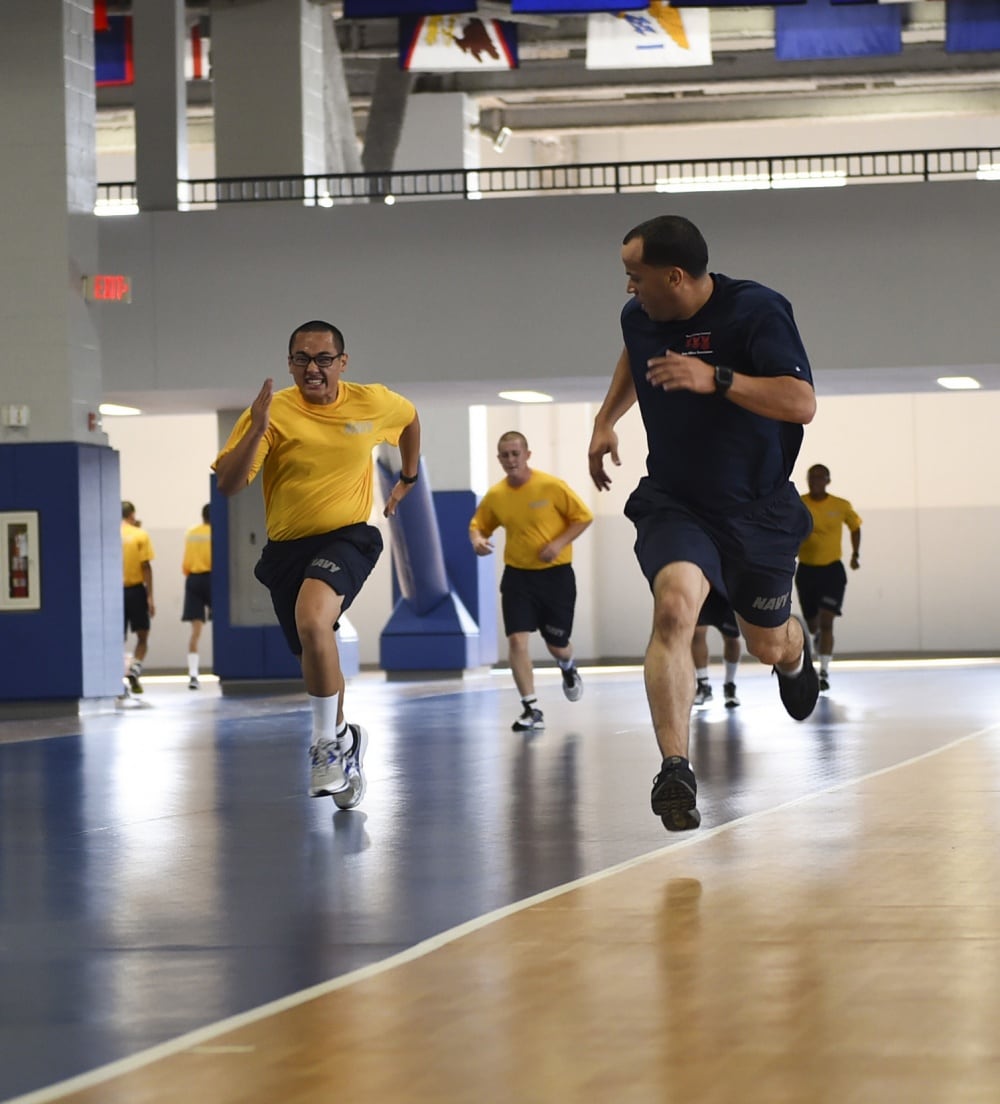
Over the past 14 months, Navy leaders have made recruit training tougher. Senior leaders told Navy Times that they’ve revamped more than 60 percent of the eight-week curriculum to return the enlisted rite of passage to the gritty fundamentals of physical fitness, standing watch and waging war at sea: fighting fires, damage control and force protection.
“There’s more time hands on and less computer-based training — reps and sets doing things they’ll need to know when they get to the fleet,” said Capt. Erik Thors, Recruit Training Command’s skipper.

The man who oversees all of the Navy’s accessions training programs except at the U.S. Naval Academy — Rear Adm. Mike Bernacchi — said sailors must come ready to train, or they won’t train at all.
On the fifth day of boot camp, all recruits must meet the “forming standard” for physical fitness. For men, that means completing a 1.5-mile run in 16 minutes and 10 seconds. Women must do it in 18 minutes and 37. If they fail, they retake the test within 48 hours. If they don’t beat the stopwatch, they could be discharged if efforts at remediation to get them up to snuff fail.
If they want to come back to Great Lakes they need a waiver from Navy Recruiting Command.
Bernacchi, Thors and other senior officers understand that tougher standards like this will weed out more recruits. Since instituting the “forming standard,” 2 percent more recruits were shown the door.
“I’m OK with that,” said Bernacchi. “Not everybody can be a sailor.”
Making boot camp tougher, especially at the beginning of the training cycle, dramatically shifted the “attrition profile” at Great Lakes, Bernacchi said.
Before the reforms, most recruits who failed dropped out around the sixth week of entry-level training, not during the initial two weeks.
“Once you get through the first couple of weeks your chances of graduating are now higher and we’re wasting less time on people who fall out later in training,” he said.
The rate of recruits failing boot camp in the last stages of training has fallen from 7 percent to 2 percent since the reforms took effect, officials say.
What hasn’t changed is the fact that about 70 percent of those who get sent home were found to have some kind of pre-existing medical condition that went undetected before they arrived at Great Lakes.
Bermacchi and other Navy officials are working with the joint Military Entrance and Processing Command to fix that.
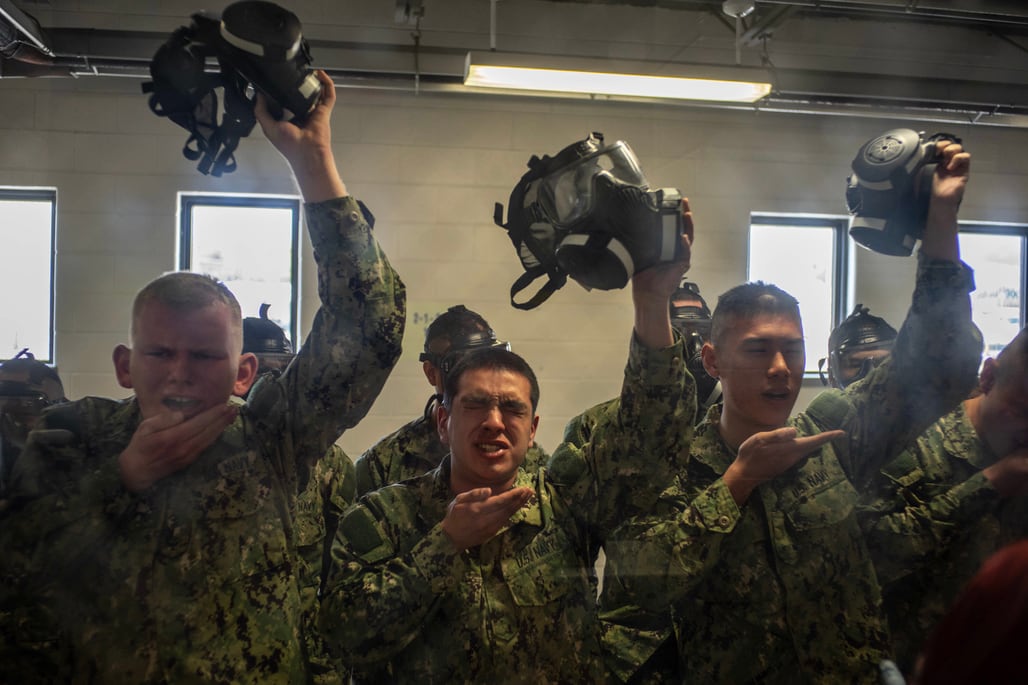
“If you’re not ready, you don’t start boot camp," said Thors. " If you don’t meet the most basic standard, you don’t get to enter. The standard is maintained and it’s not dropped for anybody or anything. Period. If they don’t meet the standard, we send that person home.”
In the past, lax standards allowed recruits to graduate if they passed the physical fitness test, a multiple-choice exam and the third-class swim evaluation.
They now must pass not only individual skill tests at multiple stages of training, but their team has to ace them, too.
“If they don’t pass, you don’t get to go to the next phase,” said Bernacchi. “Think pre-deployment training in the fleet. It’s the same thing.”
RELATED
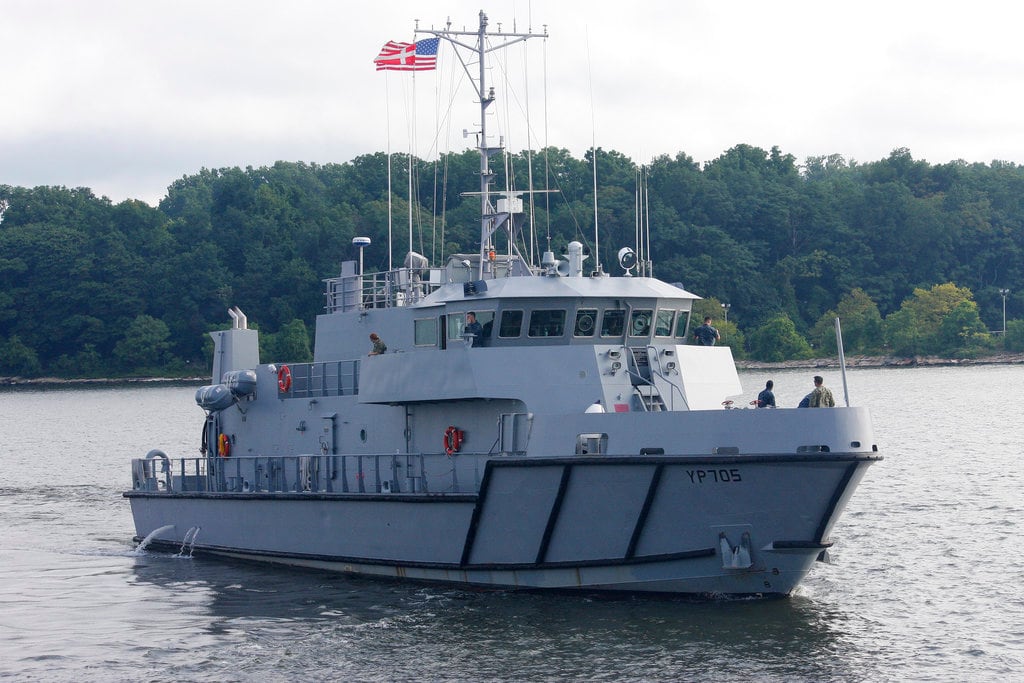
Sparking some of the reforms was a directive by Defense Secretary Jim Mattis — a retired Marine general — to discard any training that failed to improve “lethality,” the ability for sailors to fight, survive and win sea battles.
A visit from the fleet master chiefs also sent the message that deckplate leaders were concerned they were getting sailors overburdened by extraneous administrative training and devoid of the basic skills they needed to use on warships.
The innovations gathered speed after the collisions last year in the western Pacific that killed 17 sailors onboard the guided-missile destroyers Fitzgerald and John S. McCain.
“If it doesn’t have to do with firefighting, damage control, seamanship, force protection or watch standing, we flushed it,” Bernacchi said. “We flushed over two weeks of curriculum.”
RELATED
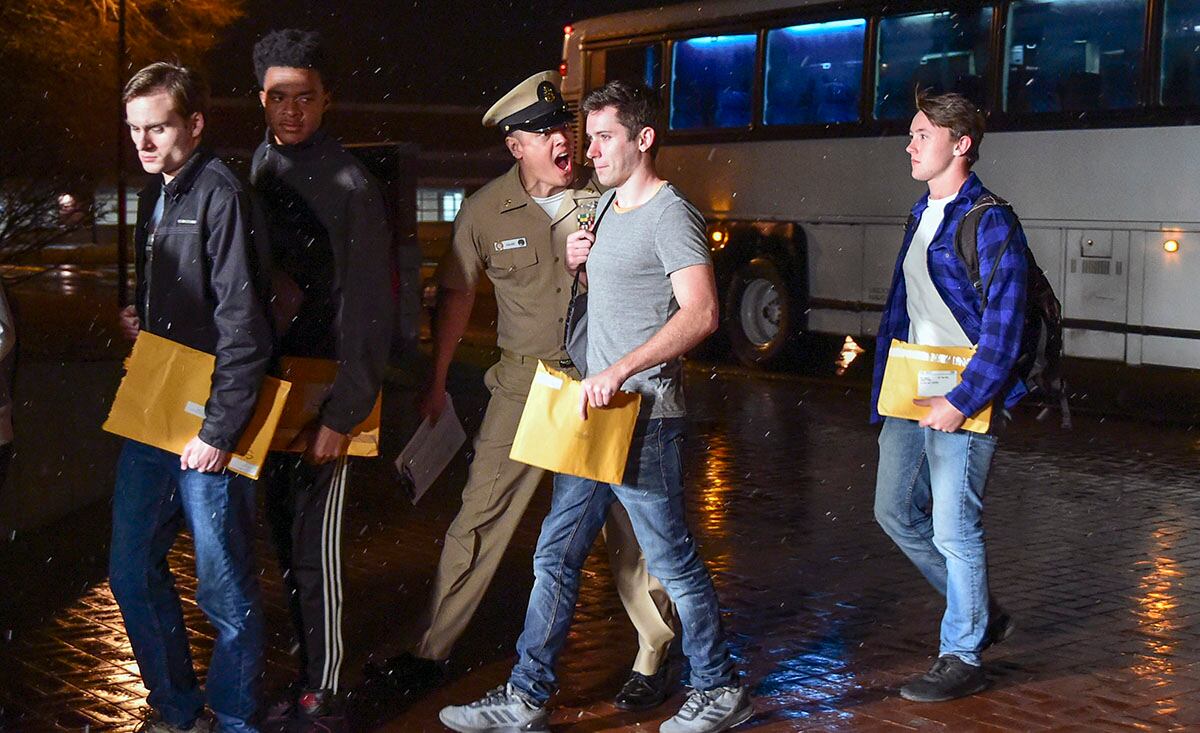
Navy officials reached out to university experts to bring the science of learning to boot camp. They launched pilot programs and charted what worked and what didn’t.
They found that rote memorization dolloped out during long lectures or paraded across computer screens had to go.
“You need to give it to them in bite size chunks — 30 minutes to an hour, max, and if you do that, you can improve their long-term retention up to 40 percent,” said Bernacchi. “All of us do better with hands-on training, so we literally took computer labs we had, removed all the desks and turned them into labs for damage control, firefighting and seamanship.”
The idea now is to give recruits the core knowledge they must master before they join their commands. The fleet will refine and refresh those lessons throughout their careers.
“In these reworked labs, you will see these homemade trainers, built with lumber purchased out in town,” Bernacchi said. " We went out in town and contracted with a metal shop to build the bollards and chocks. Yes, these are low fidelity props that do high-value training."
Recruits can grab firefighting gear to practice how quickly they can don a self-contained breathing apparatus. There are hatches on wheels to practice the proper techniques for entering spaces filled with smoke or flames.
They can test their damage control skills on sections of pipe that need patches. Other rooms simulate a warship’s weather deck or a nearby pier, helping to hone their seamanship.
“We’ve increased firefighting, damage control and seamanship hands-on time by at least 500 percent,” Bernacchi said.
By making every barracks into a “ship,” Navy instructors now expect sailors to man watch stations and protect their vessel around the clock, including roving patrols and duty on the quarterdeck.
There are fake gauges recruits have to monitor. Recruit division commanders set the needles and they expect them to log the settings.
“If a recruit gundecks a reading, we’ll take them to captain’s mast, public mast and they’ll get fined real money," said Bernacchi. "That’s a lesson for everybody.”
In the middle of the night, the RDCs will yell that a man is overboard. When they start training, recruits must account for all shipmates withing 10 minutes. Before they graduate, they have five minutes.
“There’s no guarantee for eight hours sleep in boot camp anymore," said Bernacchi.
The pilot programs proved to the Navy that getting tougher on recruits instead of coddling them led to higher graduation rates. The key now is to hike a recruit’s “resiliency” — learning to take a hit and then get back into the fight without shutting down.
To Thors, that’s a lesson that works in battle or in life.
“We do not want sailors to buckle,” he said. “When the ship takes a missile and shrapnel flies or maybe their shipmate doesn’t make it and they find themselves in a compartment that’s flooding. Are they clutch enough to make a decision on their own and be the one to close the hatch? And sailors know what that means — the difficult decision to save the ship, to keep fighting the ship.”
Ladle on the Navy’s core values of honor, courage and commitment and Bernacchi thinks the concept has been proven.
“After trying this in three pilots and almost 1,000 recruits, the attrition rates for the warrior toughness divisions were about half of the control divisions, who weren’t getting the toughness training and were only given extra quiet time,” he said.
Bernacchi said that recruits with the tougher treatment scored higher on their fitness tests, personnel inspections and academic exams.
“It’s not a magic pill,” Bernacchi said. “But we honestly believe if given the right tools to cope, that we are seeing a lot of success with this. It’s combination of sports psychology and mindfulness.”
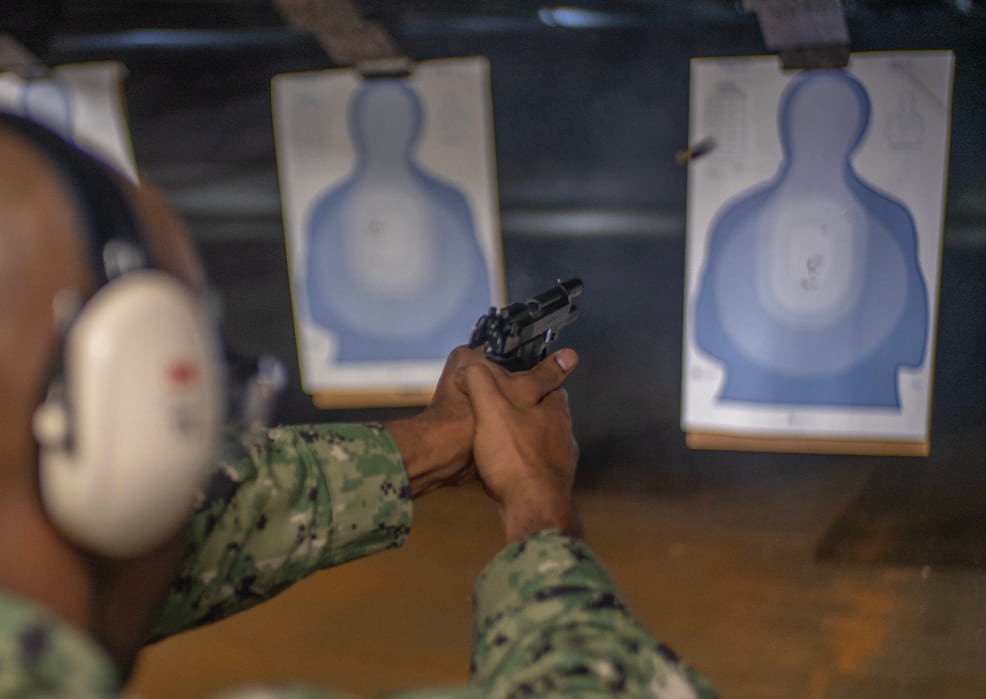
What hasn’t changed is that all the stages in training culminate in “BattleStations 21," a voyage aboard the USS Trayer, a building at Recruiting Training Command that’s named after the first chief petty officer to train and graduate recruits at Great Lakes.
If they don’t pass the overnight exercise onboard the mock-up of an Arleigh Burke-class destroyer, they don’t graduate boot camp.
“They can fail as a team and they can fail individually. And if you are wondering if we’ve failed an entire division, that answer is yes," said Bernacchi.
RELATED
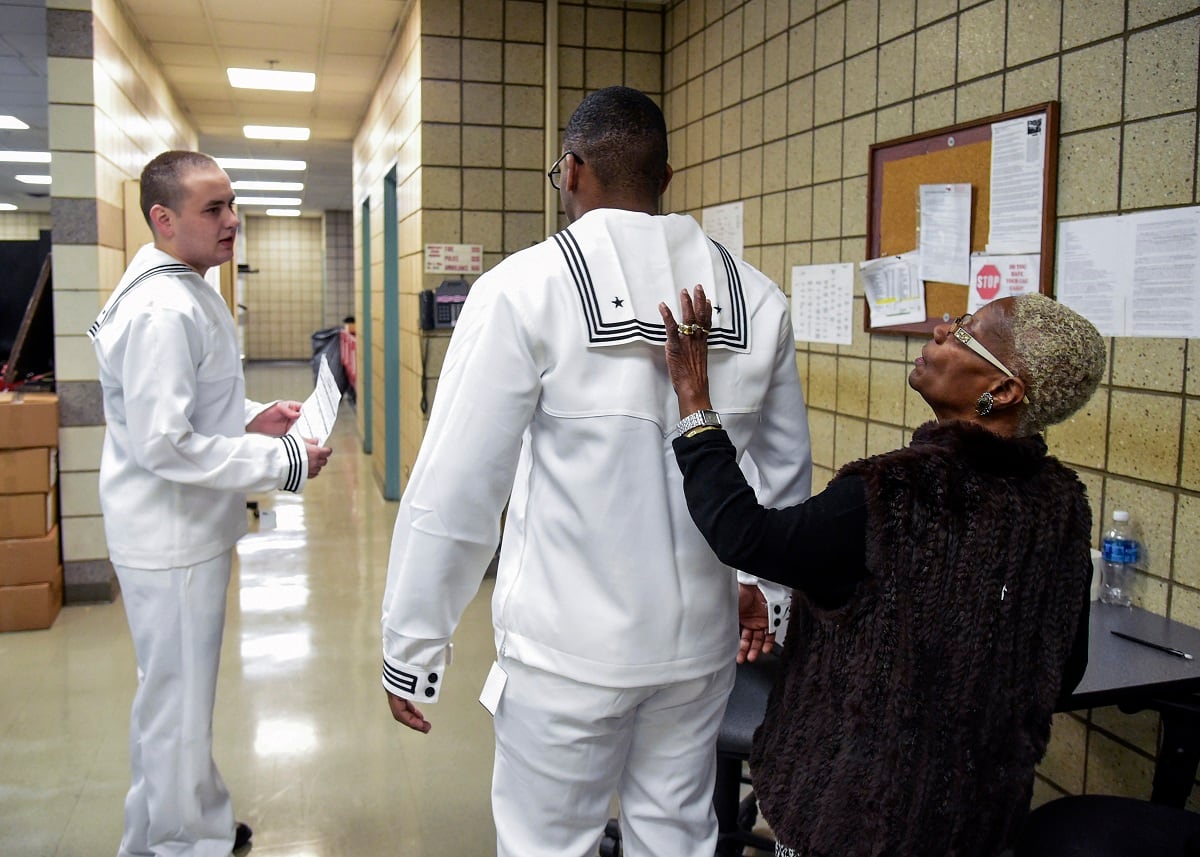
The next round of major reforms likely will follow plans to revamp the USS Trayer and other facilities at Great Lakes, probably after 2020.
Unveiled in 2007 as part of a 10-year, $763 million upgrade to the training facilities, the USS Trayer deploys a battery of video screens, odors and sound effects to simulate war at sea.
“We want put the Trayer in overhaul and update the scenarios,” Bernacchi said. “It’s great and we love it, but at 11 years she needs an overhaul. We want to be able to use McCain and Fitzgerald, to turn on a dime to make it relevant.”
The firefighting trainer at Great Lakes was built merely for familiarization, not the sort of inferno sailors might encounter in battle. But with the right tools and facilities, Navy leaders think they can graduate recruits with Level One firefighting and damage control capabilities.
“We did a couple of pilots, taking some recruits and got them trained to Level One firefighting and they smoked it,” Bernacchi said. “We just need the training facilities and we can give COs in the fleet the most precious gift in the world — time.”
Mark D. Faram is a former reporter for Navy Times. He was a senior writer covering personnel, cultural and historical issues. A nine-year active duty Navy veteran, Faram served from 1978 to 1987 as a Navy Diver and photographer.





